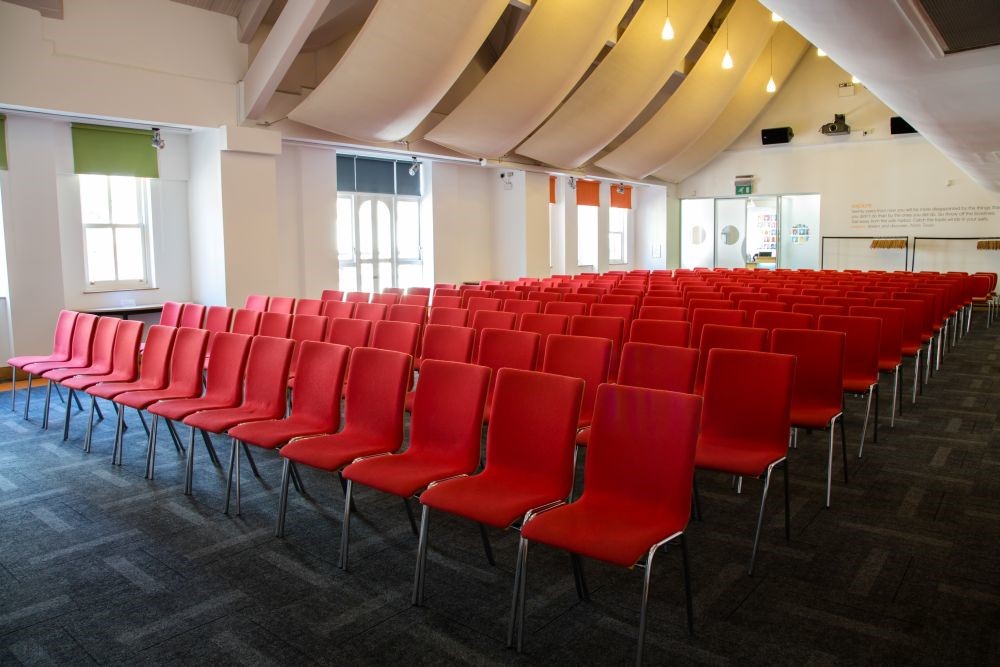In partnership with


CPD Certified Events


An energy revolution is underway. A landmark decision in North Yorkshire to extract onshore shale gas is the first application approved since 2011. Local authorities will see a dramatic increase in onshore oil and gas applications, what do councils need to have in place to meet demand and how can they work with all stakeholders to endure the best decisions are reached for their communities?
The government have set out the vital role gas will play in the UK’s transition to a low-carbon and energy secure future. The 14th Onshore Oil and Gas Licensing Round will enable a significant amount of the UK’s shale gas prospects to be taken forward to be explored and tested safely. The process is not without controversy with concerns over environmental impacts and noise pollution resulting in legal appeals and public demonstrations.
New rules require councils to hit tougher targets for determining applications or face government intervention and the risk of sanctions. Councils must now determine at least 50 per cent of onshore oil and gas applications within 13 weeks or 16 weeks if an Environmental Impact Assessment is required. Such planning decisions are technical and subject to overlapping regulatory regimes based on planning, environmental and safety authorisations. 2016 will see a major acceleration in application activity, what do councils need to have in place to ensure they can cope with demand and new decision timescales?
The UK Onshore Oil & Gas: Planning & Environment Summit will give help, guidance and support to local councils to ensure they have the right and most accurate information to help make good decisions on applications in their area.
Too often communities need a greater understanding of the initial impacts of planning applications for onshore hydrocarbons exploration will have. How can this message be delivered in a way all parties understand? What actions can local authorities take to best evaluate the economical benefits alongside the environmental impacts?
Government expects local planning authorities to make decisions for shale gas within statutory timeframes, whilst fully involving local communities. With the Third Energy and Cuadrilla applications taking 10 and 12 months respectively, and with communities often feeling excluded, how we make the process quicker, leaner and fairer for all?
Councils must determine at least 50 per cent of onshore oil and gas applications within 13 weeks or 16 weeks if an Environmental Impact Assessment is required. This session will look at the difference of unconventional and conventional exploration and how to manage oil and gas applications under the new rules. How can the applications process be done more effectively and to the correct standards?
In preparing for the 14th Oil and Gas Licensing Round, the Department of Energy and Climate Change (DECC) completed a Strategic Environmental Assessment (SEA) to identify, describe and assess the likely significant effects on the environment. In advance of the subsequent licensing award, the Oil and Gas Authority (OGA) completed an assessment of each of the 159 blocks, against the requirements of the Conservation of Habitats and Species Regulations 2010 (the Habitats Regulations). What were the effects identified? What were the mitigation measures proposed? How can the assessments be used to provide a framework to consider future development?
In 2013 the UK’s net import dependency reached 47%; the highest level since 1975, however such reliance in the future may leave energy supplies exposed. The Energy Bill supports the ‘work to power the economy with clean, secure, affordable energy supplies while keeping bills as low as possible for hardworking people and businesses’. Exploring how the UK will be powered in the future whilst ensuring affordability, mitigating climate change and supporting a growing economy.
Does the Earth move for you? This may be a question heard most often in rom-coms but it is al a question we should be asking when we extract material from within the Earth or indeed inject fluids into the Earth. Large scale industrial activity be it mining, oil and gas production, water extraction or disposal of waste through injection all have an effect. Larger events associated with such activity are well recorded, subsidence, induced seismicity and so on but until now we have not been able to accurately measure the effects upon surface elevation changes, especially over rural areas. In this talk we examine development of InSAR technology which allows high accuracy measurements and ultimately will enable society to decide what are acceptable risks when producing critical resources and sipping of waste fluids.
How do we ensure environmental protection – what standards need to be in place for licence holders, operators and councils to progress?
Exploring the role of the Health and Safety Executive and how they ensure that the well operator is managing and controlling health and safety risks in the appropriate way.
What can we learn from the best projects in the world, and what can we learn from the successes of Dutch projects? And what can we learn from those that are not successful… Peter is showing us what makes projects and programmes succeed. Lessons from the past, trends from the present, how to make them work for your projects.
It has been estimated that due to the decline in domestic gas reserves Britain will be importing three quarters of its natural gas by 2030. The British Geological Survey estimates that Bowland Shale in the North of England contains 1,300 trillion cubic feet of gas whilst in Southern England shale rocks hold 4.4bn barrels of oil. There is however vehement opposition to fracking in terms of the risks to the environment, the threat to the health of local communities, and disruption to the quality of life of local people. The future of fracking and its place in the energy jigsaw is still open to debate

Situated at the heart of the city, just a hop, skip and jump away from all major transport links: thestudiobirmingham has much more than 19 vibrant spaces to offer. Complimented as a hidden gem, our bustling 2nd city venue boasts both a communal business lounge & roof garden. A perfect setting for like-minded professionals to get the job done or for that all important lunch time sun bathe.